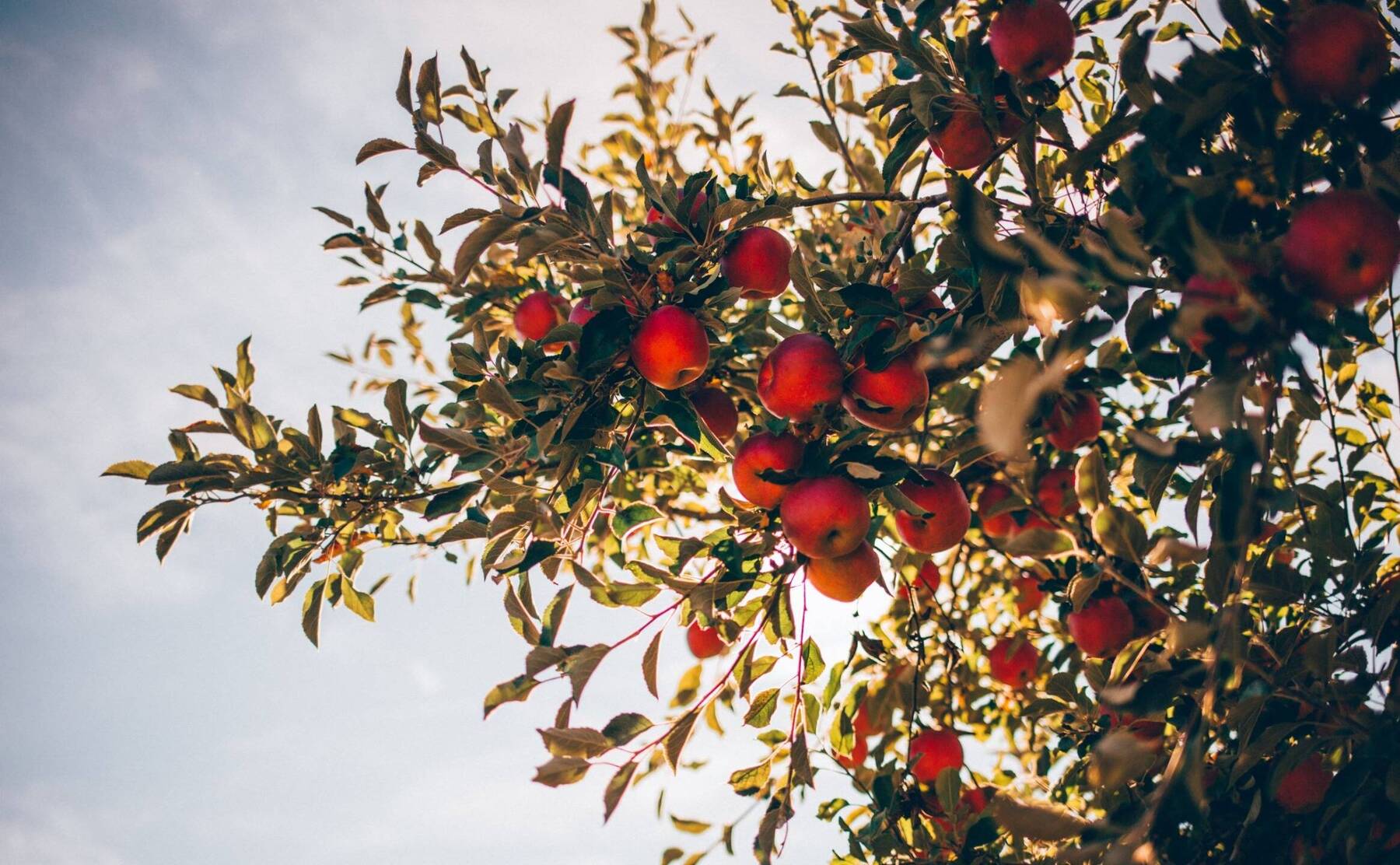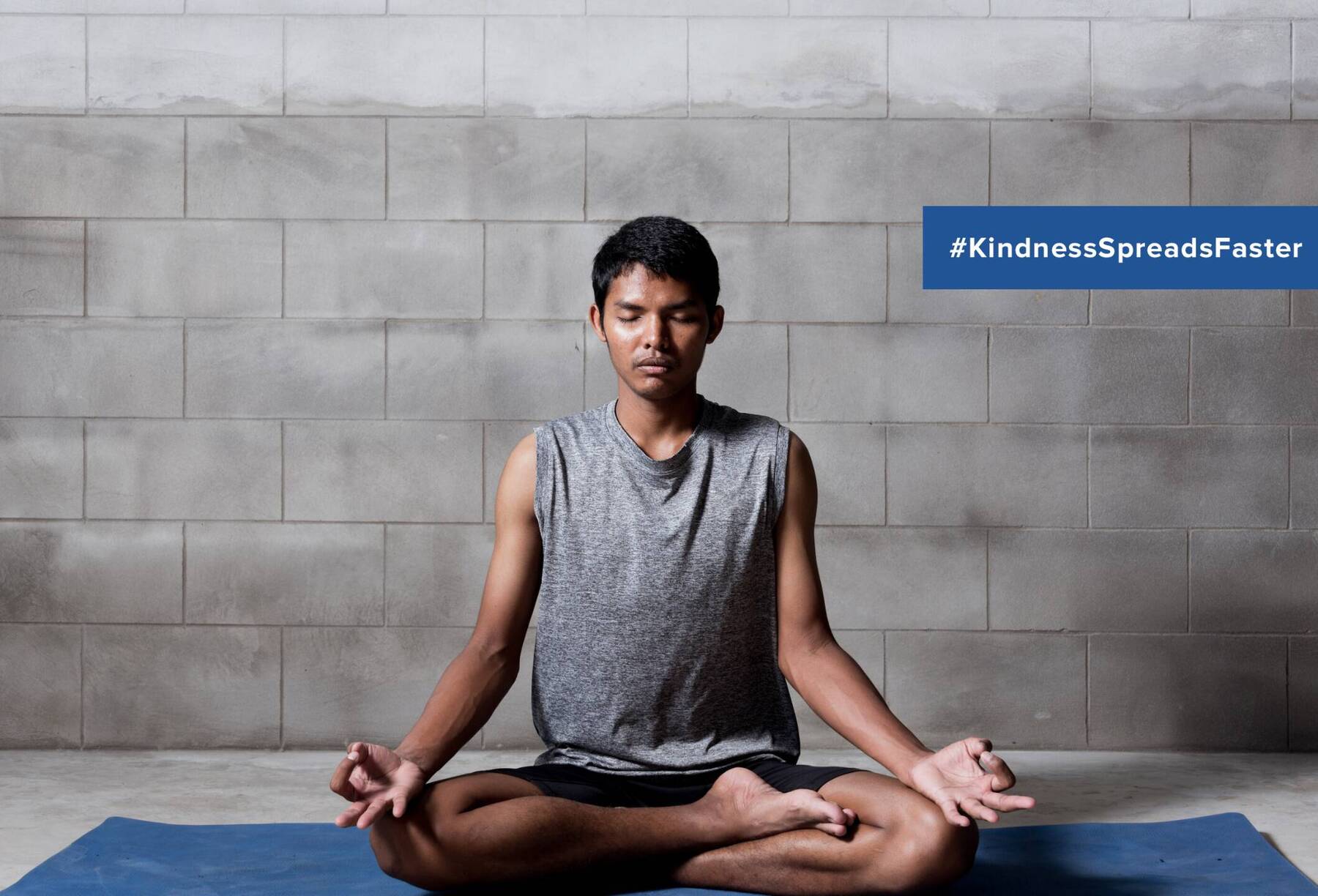Victor Hugo
As an opposer of Napoleon III and the coup d'état of 2 December 1851, Victor Hugo spent almost 20 years exiled from France. First in Brussels, then Jersey and finally, as of a rainy, windswept and foggy day in October 1855, the rocky isle of Guernsey where he spent more than 15 years.
Aside from the huge catalogue of writing that he completed on the island, he took up another project which I hope can provide inspiration for those interred in their homes: the interior decoration of his villa — Hauteville House (open to the public in the summer when we’re able to travel again), which took some six years to complete. The villa’s striking heavy layers of woodwork are draped in magnificent tapestries. Walls are enhanced with red silks, tiles punctuated by large mirrors. Stairwells are crowned by elegant chandeliers, beds decorated with skulls. Ship’s chests are joined together to mantlepieces, chair backs have been reimagined as elegant window frames, and words like “Exilium vita est” (life is exile) are carved in large bold letters into wall panels — evoking a similar feeling to the wall carvings found in ancient prisons like the Tower of London or the Doge's Palace in Venice — always hinting at the writer’s isolation. This symphony of visual noise results in a glorious aesthetic story of Hugo’s isolated life. It uses layers of gothic, renaissance and baroque with little regard to historical accuracy, but creates a beautifully unique vision that gives a direct insight into his imagination and how he spent his time in exile.
While on Guernsey, Victor Hugo crafted a great many works, many of which were politically charged and ever disdainful of Napoleon III and his Second Empire. Most notable is his collection of poems Les Châtiments, the epic La Légende des siècles, and of course, Les Miserables, which he had earlier abandoned, taking almost two decades to finally complete. But perhaps the most relatable of his writings, for those of us in isolation, is this simple statement taken from one of his letters:
“Exile has not only detached me from France, it has almost detached me from the Earth”.














Comments